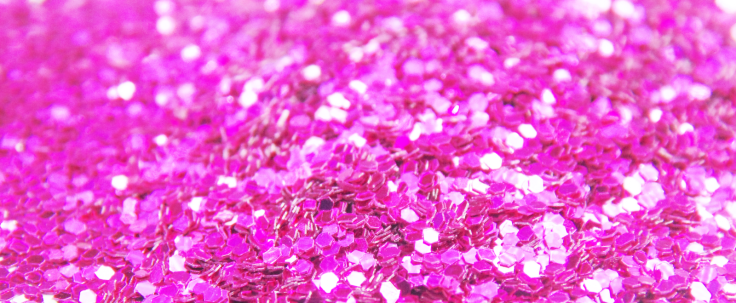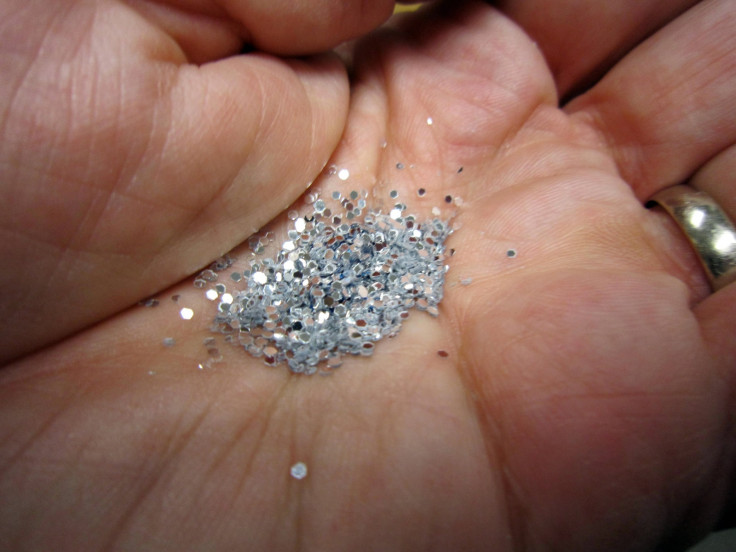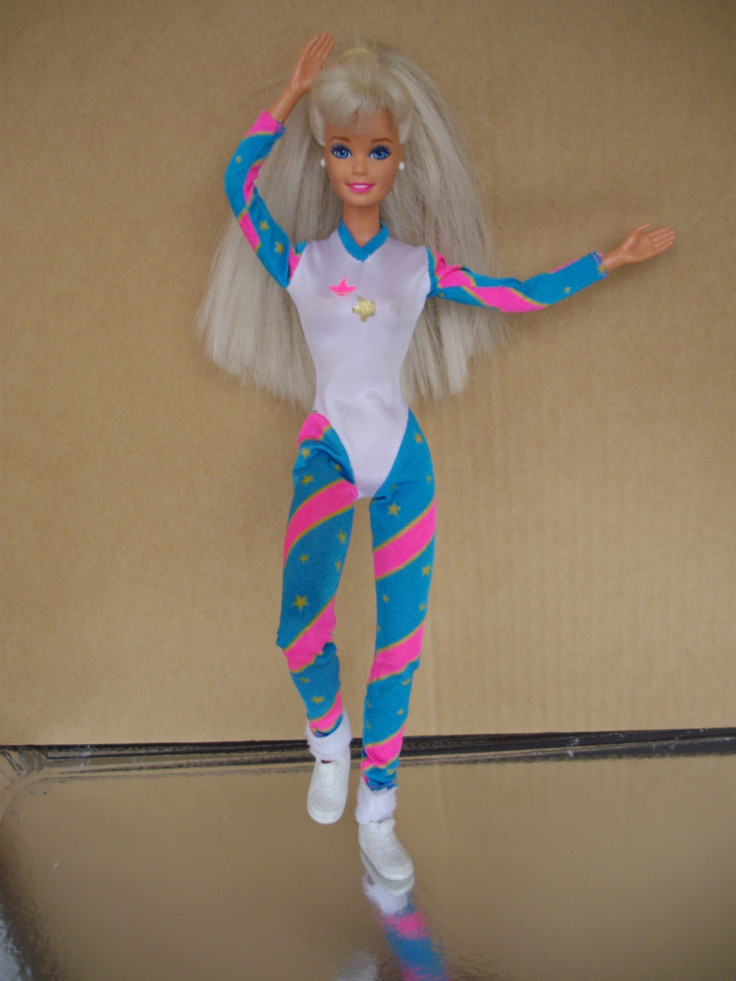A brief history of glitter and where it originated from
The Ancient Egyptians used crushed beetles as a form of glitter.

Glitter might provide colourful joy and creativity, but it turns out it's not entirely without flaws. Aside from cropping up in underwear, beards, and other crevices months after handling it, the shiny substance is a microplastic which can harm the environment.
It's for this reason that a branch of nurseries in southern England have banned it in the run up to Christmas. Commonly used to decorate cards and craft projects, the chain Top Day Nurseries announced on 16 November that it was taking a stand.

Aside from both commending them and feeling bad for the children, the move made us wonder – how long has glitter been hurting the environment?
For as long as there's been festivals, drag queens and bold fashion choices, glitter has been a loyal companion. Here's the history of glitter:
40,000 BCE to 200 BCE
Humans are known to have used tiny mica flakes in cave painting to create a reflective glow during the Upper Paleolithic period (40,000 to 10,000 BCE.)
Ancient Egyptian, Chinese, Greek and Roman civilisations are examples of peoples who used them. The Egyptians also created a glitter-like substance from crushed beetles.
The modern word glitter comes from the old Norse glitra, which is the same as the verb glitter.
1934
The American machinist, Henry Ruschmann, is credited with the invention of modern plastic glitter in 1934. During The Second World War, with German glass glitter unavailable, he invented a way to create glitter from scrap plastics. He went on to found Meadowbrook Inventions in New Jersey, which still makes industrial glitter to this day.

1970s
It was during the early 70s that Glam rock swept across Britain. Costumes were often campy creations that incorporated androgyny, science fiction, Cabaret, mythology, and Victoriana. Artists such as David Bowie as Ziggy Stardust were prime examples of this.
1980s
By around 1984, Clairol had noticed the popularity of glitter. The company filed for a patent for glitter hair mousse — a "process for imparting temporary high fashion 'glitter' to hair" — and though this wasn't the first or only way to apply glitter to your hair, it was a complete game changer.
1990 and 2000s
Body glitter was 'it'. Many makeup companies had just cottoned onto the idea of reintroducing the shimmery substance into their eye shadows. Here we see glitter fever die down slightly by the end of the decade. Or, at least, teenagers and ravers were no longer bathing in it before a night out.
Now
Festival style in the last few years has meant that glitter in its fleck, eye shadow and highlighter form has reinstated its place in popular aesthetic. A lot of this is down to fashion and figures such as Lady Gaga who donned glitter in bold and daring ways - much like Ziggy Stardust did.
What's more, brands have become far more aware of how to both subtly incorporate it into their lines (e.g. lipsticks) and then increase its pigment pay off for bright, eye-catching eye shadows.
Fashion too has taken note and it's widely accepted that sequins and glitter are an ongoing Winter trend.





















